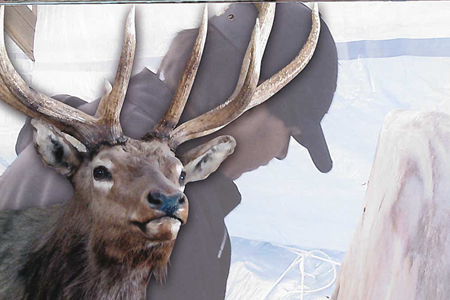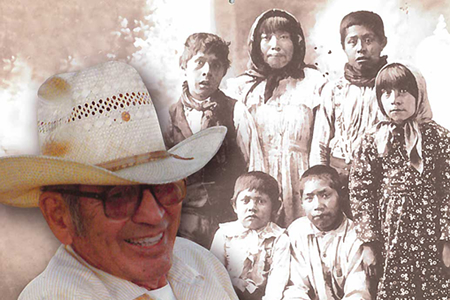



HOW TO: ARCHIVE
Archives are the permanently valuable records that document the history and heritage of an individual, corporation or organization.
Conservation Supplies
Before you begin to make your own archives, it is a good idea to gather some supplies. These supplies can usually be found around the house, or at your local office supply store. Many of these items are made from paper, polyester, or polypropylene. All are suitable for storing your items; however, if you decide to use paper products, make sure the paper is acid free to prevent damage of your archival items. Plastic products should not emit gases harmful to paper photos or video.
- File folders
- Envelopes
- Manuscript folders
- L-Seal Sleeves
- Binder pages
- Cardboard Box
How to Inventory
The first step in making your own archives is to inventory it properly. To do this, make a list of what you have, item by item. Don't forget to include a short description, the date, whether it's an original or copy, and the condition of the item. With pictures it is also a good idea to include notation if there is a negative available for it.
Document Storage
Once all of your items have been inventoried, its time to store them in a safe place. Begin by first grouping similar items together. Arrange them according to their dates and place them in a folder, envelope, or other primary enclosure. If more than one item is going to be placed in the same enclosure, then it is a good idea to put separating sheets between them in order to protect the pages. Documents printed on poor quality paper, such as newspapers, can be sprayed with a deacidification solution before storing them.
When storing photos and negatives, you can use cleaning pads. For labeling, the Kaiser Schreiber marking pen will safely write on paper, polyester, polypropylene and polyethylene. Remember to label each of your photographs for easy identification.
After all of your items have been put into their enclosures, they should be placed in an archival box. If you are using binder pages you can also put them into a binder album.
Disaster Prevention Planning
Your documents are precious, so taking the extra care to insure their safety is a must. Some of the most common things that can damage your documents are liquids, exposure to light, mice, fire, and flooding. If the records are electronic then exposure to extreme heat or magnetic field can also damage them. The best protection against any of these dangers is common sense.
Photos and videos should be stored in a different location from the negatives. Electronic information should always be backed up and stored at a second location. If you are a business or a corporation, you should provide emergency response personnel with a map of your document storage so they can properly plan a strategy to save them in case of emergency.
SHRAB (State Historical Records Self-Assessment)
Are you doing enough to preserve you documentary heritage? Take the self-assessment sheet, published by the Nevada State Historical Records Advisory Board, and evaluate your own situation. This exercise is applicable to individuals, corporate, social, church, and government entities and their collections. By doing the assessment exercise, you will have a better idea of where you stand, and what more you can do. So why are you waiting?
